On the morning of August 7, the Standing Committee of the Economic and Financial Committee held a seminar to consult experts on the draft Bankruptcy Law (amended).
According to the report of the Supreme People's Court, the unit in charge of drafting the law - the 2014 Bankruptcy Law, although considered a success and a step forward in line with world trends, still revealed many problems and inadequacies after more than a decade of application. Especially, in the context of socio-economic fluctuations after the Covid-19 pandemic and the impact of international conflicts, amending and supplementing the Law to remove bottlenecks, unblock resources, support production and business and improve national competitiveness is extremely necessary.
Many opinions suggest that the name should be changed to “Law on Rehabilitation and Bankruptcy” to be consistent with the expansion of the scope of regulations on rehabilitation regimes, to encourage the priority of restoring business operations of enterprises and cooperatives as soon as they are at risk of insolvency, and to be consistent with international trends. The draft law that has been commented on this time has added 22 articles, amended 60 articles and kept 7 articles of the 2014 Bankruptcy Law.
Notably, the draft law institutionalizes the settlement of bankruptcy cases into two separate procedures: rehabilitation procedures and bankruptcy procedures, in which the procedure for restoring business operations is given priority. This is especially important in creating opportunities for insolvent businesses to restructure, restore operations, minimize the consequences caused by insolvency and protect the legitimate rights of the parties. The draft law adds the concept of “enterprises at risk of insolvency” (Clause 1, Article 5) for earlier intervention.
With the orientation of shortening time and simplifying administrative procedures, the time limit for inventorying assets of enterprises and cooperatives is shortened from 30 days to 15 days, the extension period is also 15 days. The time limit for sending debt collection notices is shortened from 30 days to 15 days; the time limit for making a list of creditors is shortened from 15 days to 7 days. Some overly specific regulations are assigned to the Government and the Supreme People's Court to specify in detail and guide implementation.
Regarding business recovery procedures in bankruptcy proceedings, the draft diversifies the methods of issuing, serving, and notifying documents; including the use of online platforms in resolving recovery and bankruptcy cases; and adds provisions on advance payments for recovery and bankruptcy costs. Specifically, in cases where the applicant does not have to pay advance payments, or the enterprise or cooperative has no more money or assets to pay, or has assets but cannot sell them, the state budget will guarantee them.
The draft also adds provisions allowing the sale of part or all of a business sector or business activities; the sale of part or all of an enterprise or cooperative to optimize asset value. For enterprises or cooperatives with few creditors, small debts or small or micro-sized scale, the procedure is shortened with the implementation period being half the period in normal recovery.
In dispute resolution, the bankruptcy court has the authority to resolve all cases and disputes that arise. The draft also adds provisions on the scope and authority to request foreign assistance in bankruptcy cases and cases in which Vietnamese courts refuse requests for assistance in foreign bankruptcy cases.
Source: https://www.sggp.org.vn/tao-thuan-loi-cho-phuc-hoi-doanh-nghiep-post807213.html








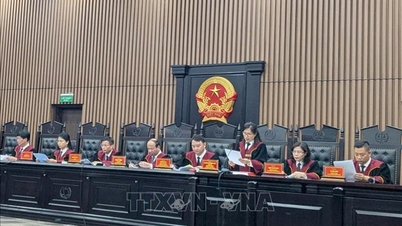

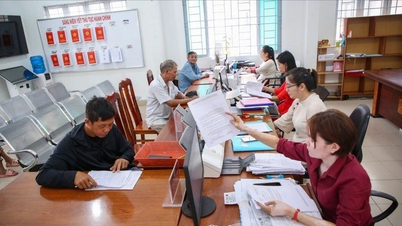

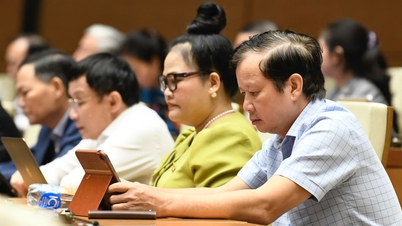


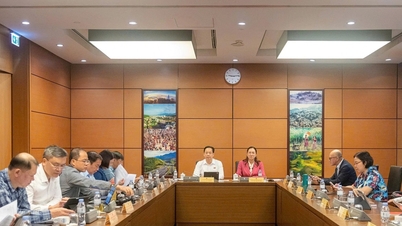

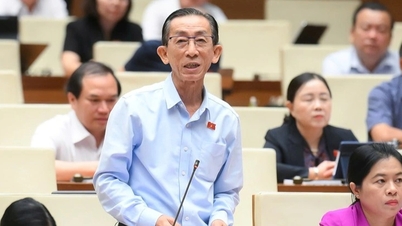










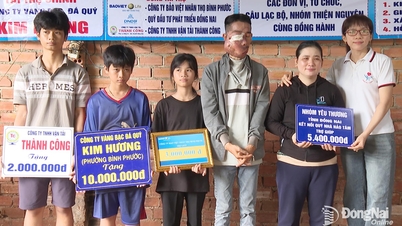





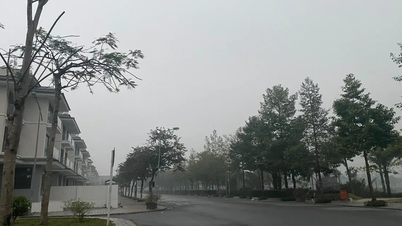


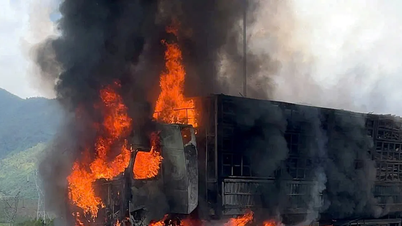
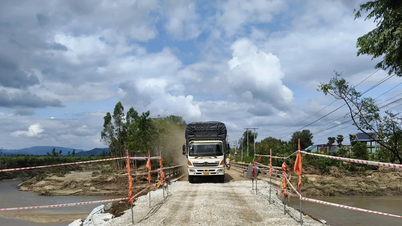


















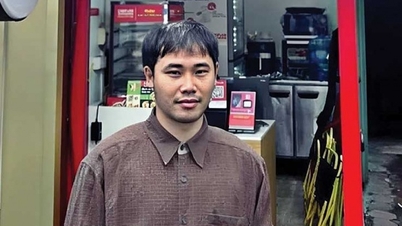
























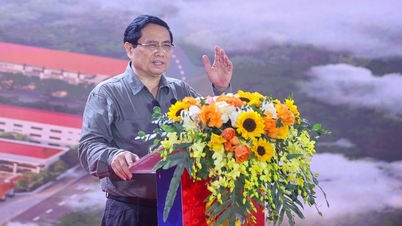






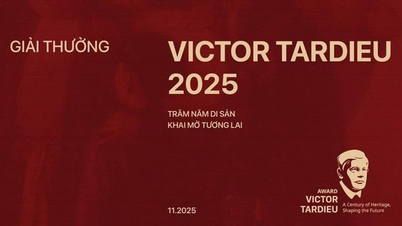



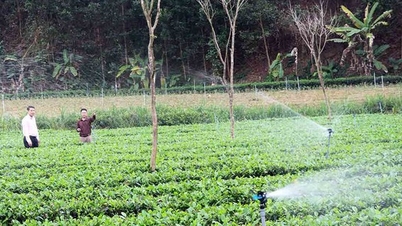




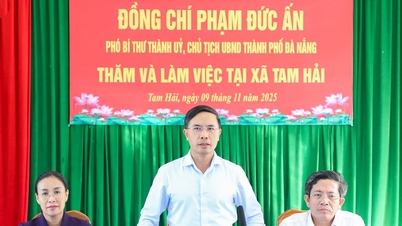


![Dong Nai OCOP transition: [Part 2] Opening new distribution channel](https://vphoto.vietnam.vn/thumb/402x226/vietnam/resource/IMAGE/2025/11/09/1762655780766_4613-anh-1_20240803100041-nongnghiep-154608.jpeg)













Comment (0)